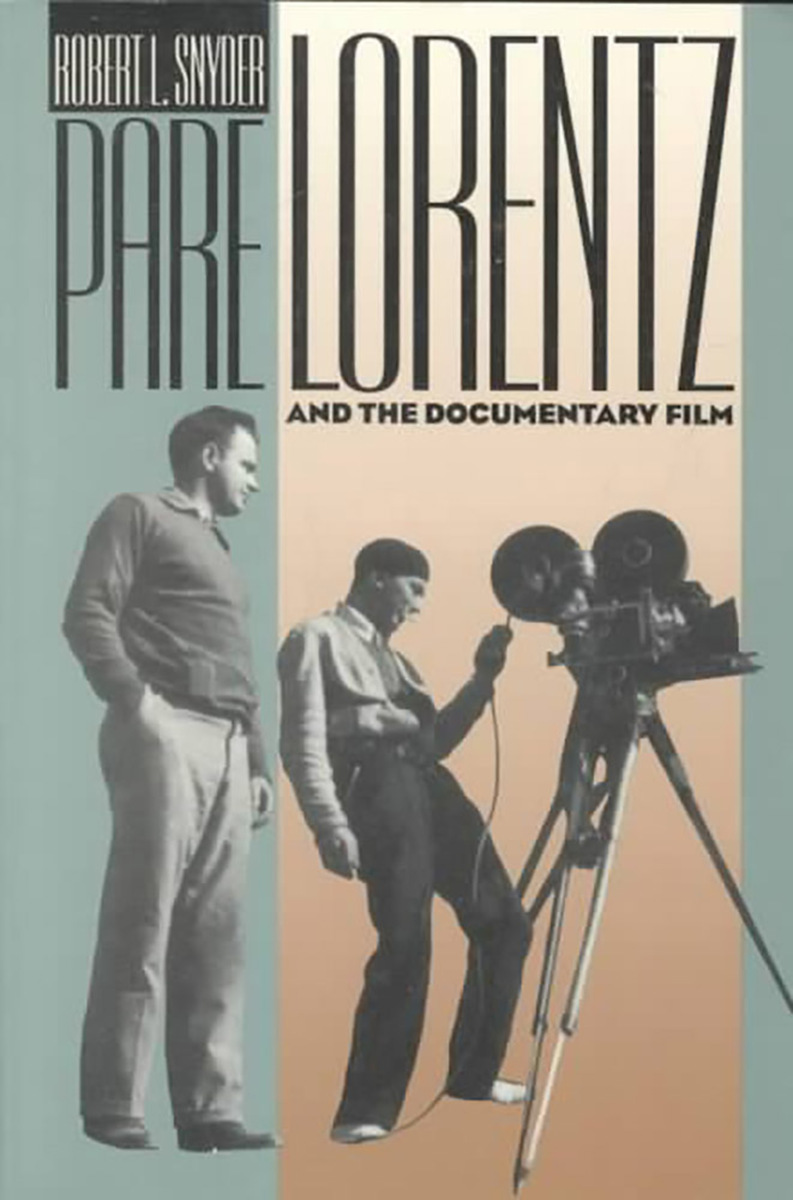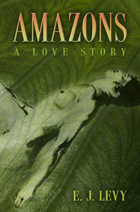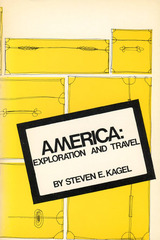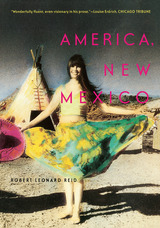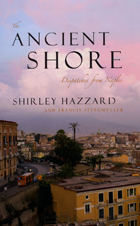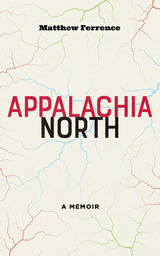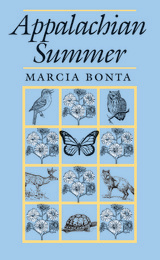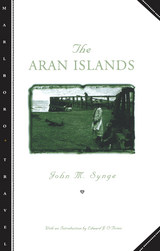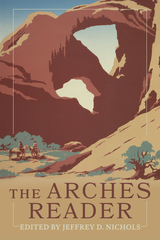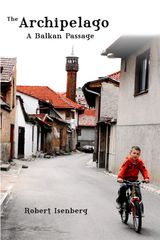Pare Lorentz and Documentary Film
University of Nevada Press, 1993
eISBN: 978-0-87417-411-3 | Paper: 978-0-87417-231-7
See other books on: Documentary Film | Film | Performing Arts
See other titles from University of Nevada Press
eISBN: 978-0-87417-411-3 | Paper: 978-0-87417-231-7
ABOUT THIS BOOK | AUTHOR BIOGRAPHY
ABOUT THIS BOOK
In October 1990, the Library of Congress announced its list of twenty-five culturally, historically, and aesthetically significant films to be added to the National Film Registry. The River, written and directed by Pare Lorentz in 1937, was inducted along with Scorsese's Raging Bull and Capra's It's a Wonderful Life.
Originally published in 1967, Pare Lorentz and the Documentary Film was the first book devoted exclusively to the works of Lorentz. Robert L. Snyder focuses on the films Lorentz made for the United State Film Service--The River, The Plow That Broke the Plains, and The Fight for Life. With the exception of a few vintage World War I training films, these three films were the first made by the government for general viewing by the American public.
It was Lorentz's idea to produce a series of films about the pressing problems facing the nation during the Great Depression--drought, floods, poverty, and slums. With an initial budget of $6,000 and the enormous drive and energy of a young director who had never made a motion picture, the beignnings were anything but auspicious. The results, however, were sensational and often made national headlines.
In spite of inadequate budgets, bureaucratic red tape, and professional jealousies, Lorentz developed new filming techniques and set new standards in his documentaries. Snyder has written a perceptive account of the production of these classic films and the contemporary reaction to them, along with a critical evaluation of each work. This is an important book for anyone interested in documentary film and the history of the Depression era.
Originally published in 1967, Pare Lorentz and the Documentary Film was the first book devoted exclusively to the works of Lorentz. Robert L. Snyder focuses on the films Lorentz made for the United State Film Service--The River, The Plow That Broke the Plains, and The Fight for Life. With the exception of a few vintage World War I training films, these three films were the first made by the government for general viewing by the American public.
It was Lorentz's idea to produce a series of films about the pressing problems facing the nation during the Great Depression--drought, floods, poverty, and slums. With an initial budget of $6,000 and the enormous drive and energy of a young director who had never made a motion picture, the beignnings were anything but auspicious. The results, however, were sensational and often made national headlines.
In spite of inadequate budgets, bureaucratic red tape, and professional jealousies, Lorentz developed new filming techniques and set new standards in his documentaries. Snyder has written a perceptive account of the production of these classic films and the contemporary reaction to them, along with a critical evaluation of each work. This is an important book for anyone interested in documentary film and the history of the Depression era.
See other books on: Documentary Film | Film | Performing Arts
See other titles from University of Nevada Press
